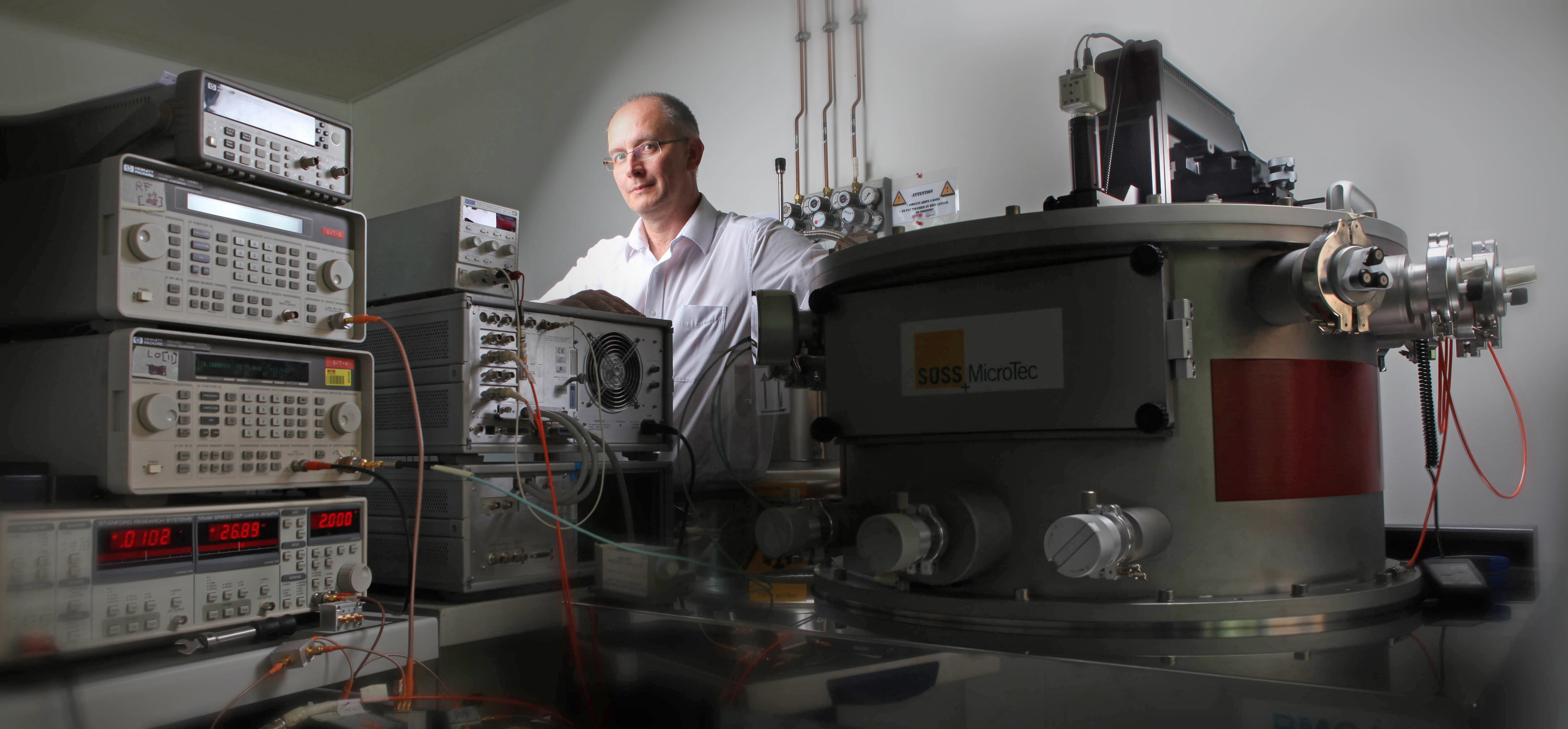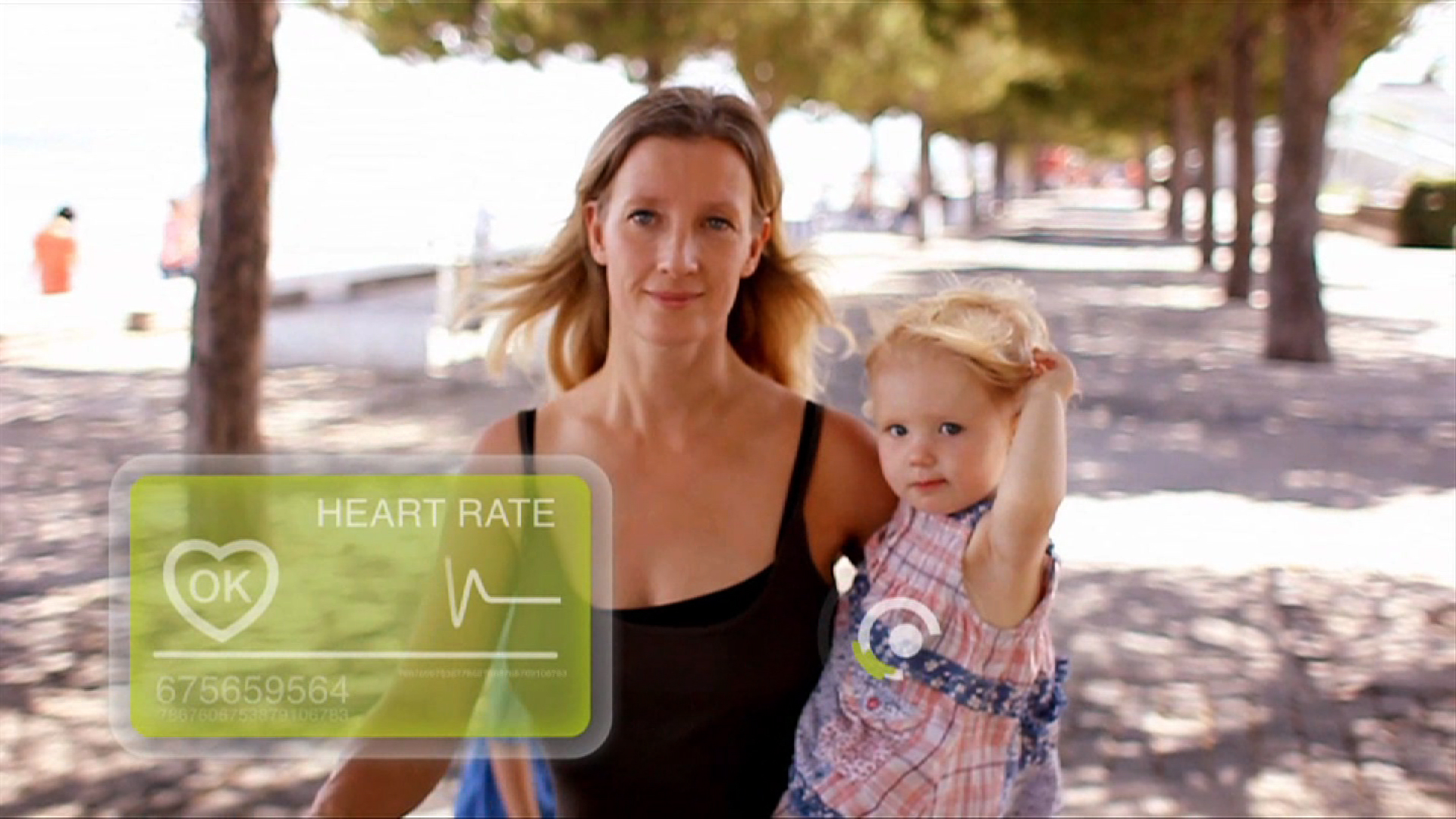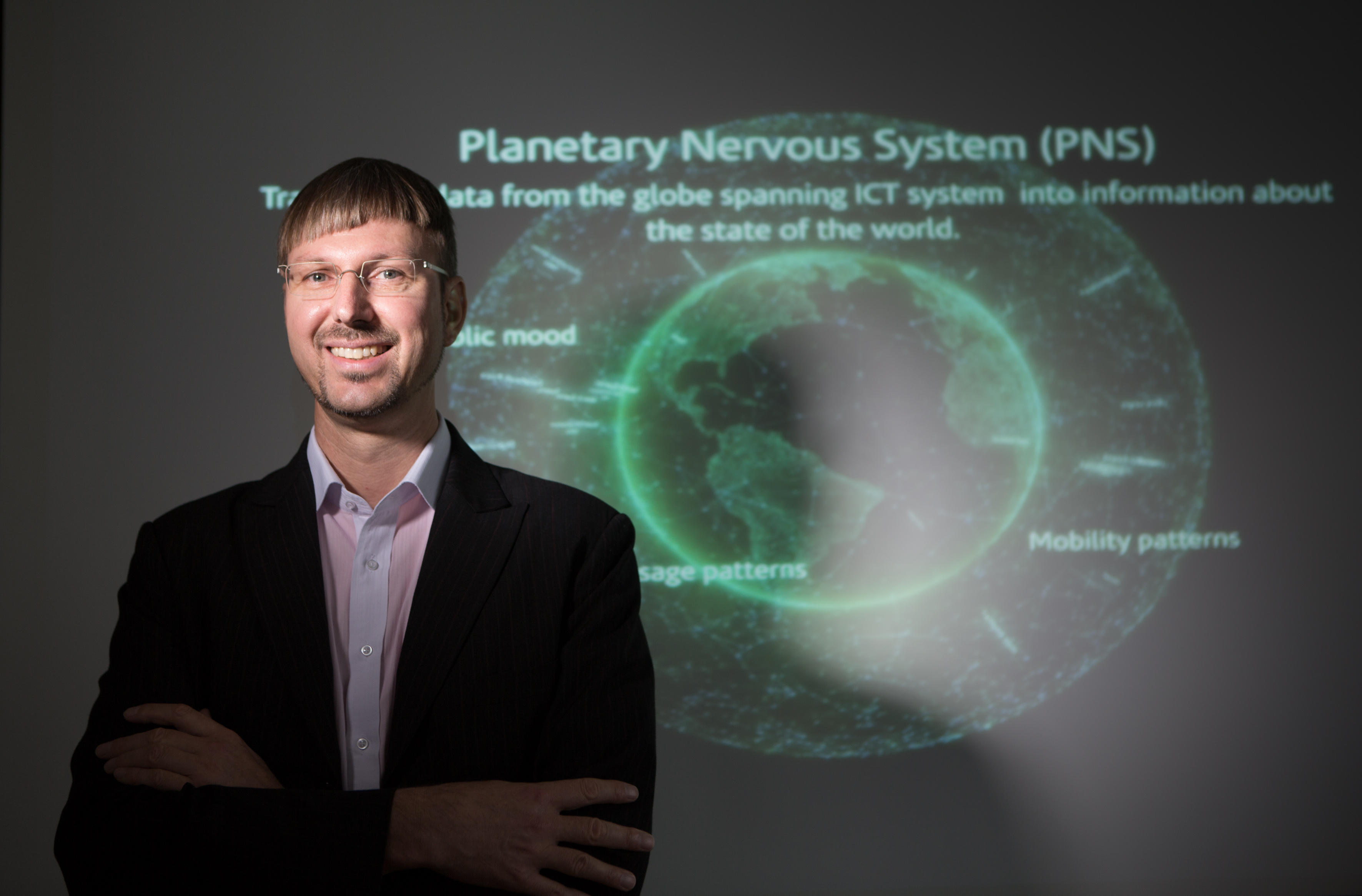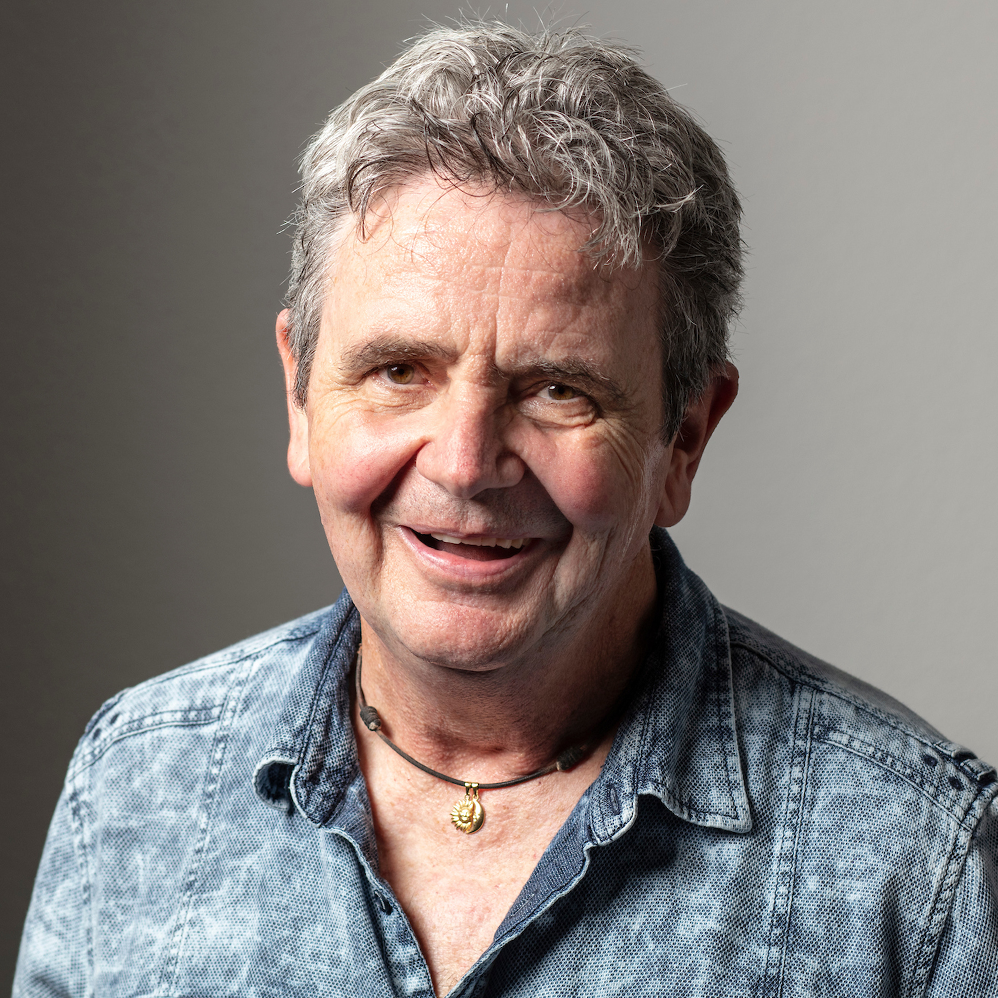Next-gen chip designers remain optimistic

They made it to the final furlong in the race for a €1 billion subsidy – the biggest ever offered by the European Commission. They also achieved the status of “flagship project” but were pipped at the post. However, the “Guardian Angels” have not given up.
Guardian Angels is an ambitious Swiss-led project to develop tiny zero-energy electronic chips designed to monitor the body’s vital functions, and to compute and communicate the data obtained.
A year after the frustration of losing the funding race, the backers are going ahead with plans to produce their first prototype.
Like all major scientific projects, Guardian Angels is a joint venture. Led by the two Swiss Federal Institutes of Technology, (the EPFL in Lausanne and ETHZ in Zurich), it had 66 partners across Europe backing its bid for European “flagship project” status.
Despite its failure to secure the subsidy, 58 of those research partners decided to continue with the work nonetheless. They include such prestigious institutions as France’s CNRS, Imperial College London, Cambridge University and the Catholic University of Leuven in Belgium, along with industry heavyweights like IBM, Intel, Siemens, Sanofi and Nestlé.
“Our partners wanted more time to find other sources of funding,” explained Adrian Ionescu, head of the nanoelectronic devices laboratory at EPFL and coordinator of Guardian Angels.
“The roadmaps we had prepared for the bidding contest are very precise, and cover the next ten years. There are many things in them that can be very useful for research and for society. So that’s why all our partners still believe in our goal.”
Zero consumption
The way the project initiators see it, the Guardian Angels are the electronic systems of the future. They are not just portable, but in fact are wearable – integrated into our clothing, or even into our bodies. Guardian Angel devices ideally function without batteries or mains electricity, instead getting their energy from sunlight or movement of the human body.
The goals were indeed very ambitious, and the project’s own roadmaps thought it would be possible to lower electricity consumption by a factor of 100 to a 1000, rather different from a reduction by a factor of ten, which is what manufacturers today are estimating. Pie in the sky?
“We had a very solid risk management plan. For every high risk solution, we also had a less risky plan B, that was also easier to implement. So we would be sure to have some concrete results at the end.”
In order to reach this demanding goal, researchers are counting on technologies that can detect movement, light or differences in temperature and transform it into electric current. In the long term the idea is that it would be possible to recharge a new-generation smartphone just by walking or and sitting in the sun during your lunch break.
For Ionescu, energy saving is a vital aspect of the Guardian Angel project.
“Of course the amount of energy produced in this way is very small, but multiply it by billions of people and very quickly gets very interesting. At the moment nobody thinks twice about having to recharge a gadget after just a few hours now, but one day… In any case we’ll certainly get there one way or another, because our technologies have a terrible impact on the environment.”

More
‘Guardian Angels for a smarter life’
The search for funding
Meanwhile, the project has to manage without the European Commission’s money. Although it failed in its bid for “flagship” status and the funding that went with it, it could still get something from the EU’s Horizon 2020 funding programme for research and innovation, which runs from 2014 to 2020.
Daniel Pasini, head of the “flagship” project unit in Brussels told swissinfo.ch that given their scientific value, the four unsuccessful finalists in the 2012 race “will certainly not be forgotten”.
Guardian Angels is looking beyond European borders hinder for funding, particularly in Japan and the United States. The Swissnex “knowledge hub” in Boston, together with heavyweight partners such as MIT and Harvard University, has put on four events designed to stimulate investor interest in energy optimisation, intelligent clothing and in environmental and medical monitoring.
Money could also come from the EPFL and ETHZ themselves. The two institutes have agreed to establish a centre of competence for “zero consumption intelligent systems”, hoping to make this into a strategic domain of research.
The first prototype
In the meantime, the project leaders are to deliver their first prototype in autumn 2014 to show what they can do.
It will be a wearable object, worked into an intelligent interface. It will focus on evaluations of health, on biological signals, and in an interface that will use these signals in an intelligent way. Zurich will take care of the interface, and we the object,” explained Ionescu. Any further detail must remain under wraps till then.
Ionescu reckons that this first stage should “show we are on the right path and that we can achieve concrete results, even in the short term”. And investors like prototypes better than plans on paper.
Guardian Angels has also been made leader of a small-scale European programme on the development of low-energy components, in partnership with IBM Zurich.

More
Big data sociology, a trend for the future?
Honest
Zero consumption, wearable electronic systems, an internet of objects, health and environmental monitoring … What if it were this complexity that cost Guardian Angels the flagship status? The two selected projects are much simpler to sum up.
Ionescu is clear. “We tend as humans to support things we can easily understand. We should have taken more care over our communication. But in the feedback we’ve had we’ve been told we were very honest. We tried to show what was possible, with very ambitious projections, but we didn’t simplify in order to win.”
“We’re seeing this more and more in Europe, and not only for flagship projects. Huge promises are made in order to secure a project, and two or three years later, they say the research is very risky, and the goals that were set out will not be reached. As a sop they add that valuable work has been carried out and has advanced our knowledge of the subject. We did not do this, and I don’t regret having been honest.”
In 2009 the European Commission launched its “FET Flagships” programme targeting emerging and future technology (FET), promising Europe’s largest ever funding for research.
21 projects initially expressed interest.
In May 2011 six finalists were given €1.5 million (CHF1.8 million) in order to work up their proposals. Three of them were Swiss-led. The two winners, chosen after a series of presentations, were announced on January 28, 2013. One was the Human Brain Project coordinated by the EPFL, and the other the Swedish-led Graphene project.
Both projects will receive €1 billion, spread over ten years. Half will come from the EU, the rest of member states, partner institutions and industrial backers. The money will be spread over dozens of institutes and laboratories involved in the research.
(Translated by Victoria Morgan)

In compliance with the JTI standards
More: SWI swissinfo.ch certified by the Journalism Trust Initiative

You can find an overview of ongoing debates with our journalists here. Please join us!
If you want to start a conversation about a topic raised in this article or want to report factual errors, email us at english@swissinfo.ch.